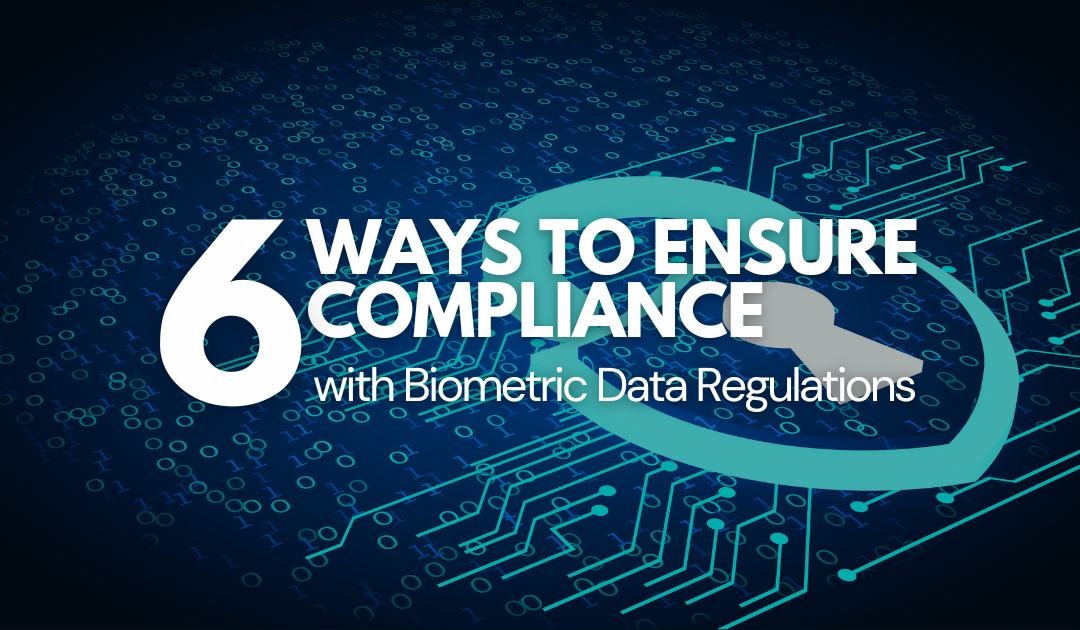Co-written with Mark Brady, Vice President, Strategic Markets
Biometric data is emerging as a vital tool for identity verification and security. Whether it’s fingerprints, facial authentication, or voice patterns, biometric data is transforming the way organizations secure and manage information. However, with its rise comes stringent regulations aimed at protecting personal privacy. For data privacy experts and security professionals, ensuring compliance with these regulations is paramount. Here are six practical strategies to help you stay compliant and protect your organization from potential legal pitfalls.
1. Understand Applicable Laws and Regulations
The first step to compliance is understanding the landscape of biometric data regulations. Key laws include the General Data Protection Regulation (GDPR) in the EU, the California Consumer Privacy Act (CCPA) in the U.S., and Illinois’ Biometric Information Privacy Act (BIPA). Each law has unique requirements and definitions of biometric data, so it’s crucial to familiarize yourself with the localized and specific regulations that apply to your organization.
Tip:
Consult legal experts specializing in data privacy in the regions your organization is representative to ensure a thorough understanding of the relevant laws. Regularly review regulatory updates to stay informed about any changes.
2. Conduct a Comprehensive Risk Assessment
Conducting a thorough risk assessment helps identify potential vulnerabilities in your biometric data processes. This assessment should evaluate how biometric data is collected, stored, processed, and shared. Understanding these risks will allow you to implement targeted measures to mitigate them.
3. Obtain Informed Consent
Obtaining explicit, informed consent from individuals before collecting their biometric data is a fundamental regulatory requirement. This consent must be clear, specific, and freely given. Ensure that individuals understand what data is being collected, how it will be used, and their rights regarding that data.
Tip:
Create straightforward consent forms and provide comprehensive information during the onboarding process to ensure transparency.
4. Implement Robust Data Security Measures
Biometric data is highly sensitive and requires strong security measures. Encrypt data both in transit and at rest, and use multi-factor authentication to restrict access. Regularly update and patch your security systems to protect against vulnerabilities.
5. Limit Data Retention
Regulations often require that biometric data be retained only for as long as necessary. Implement clear policies for data retention and ensure that biometric data is securely deleted once it is no longer needed.
Tip:
Automate data deletion processes to minimize human error and ensure compliance with retention policies.
6. Conduct Regular Audits and Monitoring
Regularly auditing and monitoring your biometric data processes ensures ongoing compliance and helps identify any areas of improvement. Use automated tools to monitor data access and usage, and conduct periodic reviews to reinforce compliance measures.
Protecting biometric data goes beyond simply adhering to regulations; it builds trust with individuals and strengthens your organization’s reputation. By understanding the laws, implementing robust security measures, and educating your team, you can ensure compliance and safeguard sensitive information.


